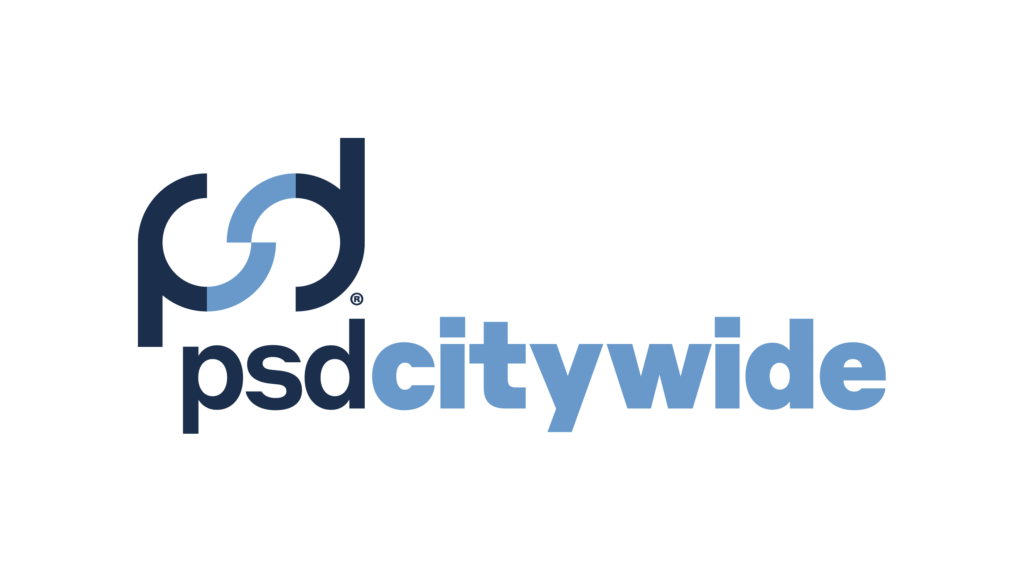In 2016, the federal budget committed nearly $2 billion for drinking and wastewater infrastructure improvements for Indigenous communities in Canada. The allocation made good on a campaign promise by the Prime Minister and was delivered in tandem with a lofty and very worthy goal: ending boil-water advisories on First Nations reserves within five years. In 2018, roughly $5 billion in new spending was allocated for projects to improve community health for Indigenous people, including drinking water system upgrades. This funding was promised in the spirit of reconciliation and aligned with several recommendations from the Truth and Reconciliation Commission. Anyone working closely with rural and Indigenous communities to overcome complex drinking water challenges would applaud the government for seeking to rectify decades of neglect, a general failure to innovate, and chronic underfunding for water systems in these settings.
Some people ask, ‘Is it enough money?’ Surely, it’s a step in the right direction, they say, but what about the 2011 National Assessment of First Nations Water and Wastewater Systems prepared for the Department of Indian Affairs and Northern Development (now known as Indigenous Services Canada), which suggested that $5 billion would be needed over five years to bring First Nations drinking water systems in line with provincial regulations?
Here’s a more pertinent question: ‘What if money alone is not enough to solve the problem?’
Challenges to water stewardship in Canada – from the impacts of climate change to changes in the political climate – have forced multiple stakeholders to adapt and solve increasingly complex problems for communities of all sizes. This evolution means researchers, government agencies, regulators, industry, NGOs, consultants, and communities all must learn how to communicate and collaborate with each other – a steep enough learning curve on its own, especially when many of them have no history of collaboration with one another. However, these sweeping changes also carry with them something that fundamentally alters how we approach problem solving.
Socio-political, economic, and technological problems faced by Indigenous communities are rooted in the complexities of knowledge sharing and utilization. No single individual or organization possesses all relevant quantitative and qualitative data required to holistically assess a complex issue. Similarly, no single individual or organization can solve the problem alone, and so information flow and collaboration are vitally necessary to success.
However, specific mechanisms for and outcomes of so-called “holistic” and “collaborative” innovation models that have proliferated over the past several years are extremely sensitive to specific local context. Many current and proposed models seemingly strive to be all things to all people, all the time – just like funding promises. Canada’s approach to date to solving the Indigenous water issue has been mired in non-transparent, hierarchical, and centralized “cookie-cutter” approaches that ignore the diverse realities these communities live with. The net result is a culture of low trust and a prevailing “us-versus-them” mentality.
In short, the narrative has long focused on solving water issues, when what relevant rights-holders/stakeholders are really talking about is water as a means to achieving overall community health and wellbeing.
For the past 10 years, I’ve served as the Scientific Director for RES’EAU-WaterNET, an NSERC Strategic Network focused on researching solutions for small, rural, and Indigenous communities. These communities share some significant and unique challenges in terms of protecting source waters and installing, operating, and maintaining drinking water disinfection systems – smaller tax bases, a lack of trained personnel, remote locations that make shipping supplies difficult and expensive, and conflicting infrastructure priorities, to name just a few.
Through the work of a large network of researchers, community partners and other key partners, RES’EAU identified an urgent need to improve how we quantify and qualify water problems, how we plan solutions, and how we go about system installation and operation. We quickly learned that the accepted business model for implementing change must be rethought from the ground up, as did our definition of what success looks like – something that can only be defined on an individual community’s unique terms. They’re living the problem and they will have to live with whatever solution they adopt.
This was the thinking behind the globally unique, award-winning water health innovation model we developed, which we call Community Circles. To date, we have helped dozens of small and Indigenous communities overcome drinking water problems, and we are on the ground working in several more as we speak. Community Circles provide opportunities for diverse stakeholders to meet and communicate around shared topics each can relate to – where they frequently challenge each other with very different perspectives on key issues.
The process forces everyone at the table to rethink assumptions that are deeply ingrained, both within their own professional silos and personal experience as well as in conventional problem-solving approaches. The Community Circle model suggests a number of ways to overcome the unintentional dysfunctional implications that stem from partial understanding of the innovation process by improving the dialogue among stakeholders, achieving a more balanced view of the whole innovation process. This includes the mechanisms for the development, diffusions, and adoption of the benefits of innovations in the water sector. It’s a way to redraw boundaries that enable us to take a brief look at how other people and cultures might view the world, and it is in this spirit that Indigenous community members are prepared to meet public and private organizations at the table.
And so back to the money: budgeting more money for R&D, industrial infrastructure, and promotion of entrepreneurship may not be enough to increase the innovation rate of a society whose underlying cultural values are antithetical to certain innovative activities. Differences in technological capabilities can be explained satisfactorily only when cultural factors are considered. Culture reflects a community’s core tendencies in terms of values, beliefs and preferences. These tendencies affect innovation by influencing the preferences, expectations and incentives of individuals within each community. The Network has focused its efforts on producing new knowledge derived from the perspectives of various actors with different levels of cultural awareness (e.g., urban culture, rural culture, production culture, financial culture, Indigenous culture and academic culture). When investigating any potential approach to solving issues in community health, we must consider the importance of cultural fit – what drives innovation and success in one cultural context may fail to do so in another.
So, too, for the hundreds of small and Indigenous communities across Canada who urgently require – and deserve – water system and other community health improvements on their terms.
MADJID MOHSENI is an expert in drinking water quality and treatment, and his research focuses on advanced water treatment processes, with particular emphasis on emerging technologies for the degradation of micropollutants and algal toxins in drinking water supplies. He is the (co)author of over 100 refereed publications and a number of industrial reports and book chapters. Dr. Mohseni is a Professor of Chemical and Biological Engineering at the University of British Columbia. He is the Scientific Director of RES’EAU-WaterNET, an NSERC Strategic Network of multiple universities and public and private organizations in North America, devoted to providing innovative solutions for drinking water problems of small, rural and indigenous communities. The Network has achieved significant milestones and initiated an engagement program with many small communities, while developing strategies for community-based participatory solution-finding. RES’EAU Community Circle Model for strategic innovation has been recognized with awards and accolades from around the world.



